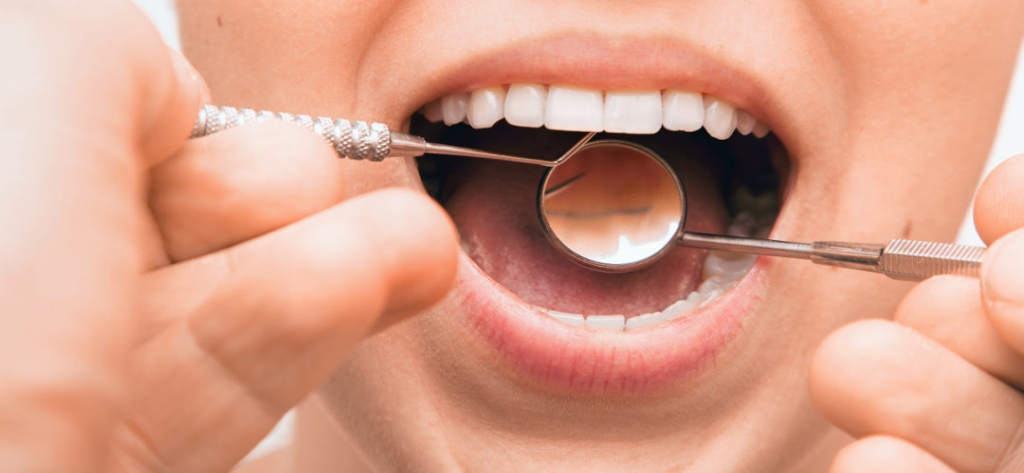I was once crushing the bone of a chicken lap sometimes ago when I observed sharp pains around my gum. For few days, I was not able to chew properly and I was wondering what that could be. One morning while I was brushing my teeth, I observed that my gum was bleeding already. My brush was soaked with blood from the gum. It was then I knew I needed to visit my dentist. And before I could reach my doctor, after so many attempts, I discovered my breath had become offensive. The bad breath lasted for so many weeks until I was able to treat the mouth disease.

